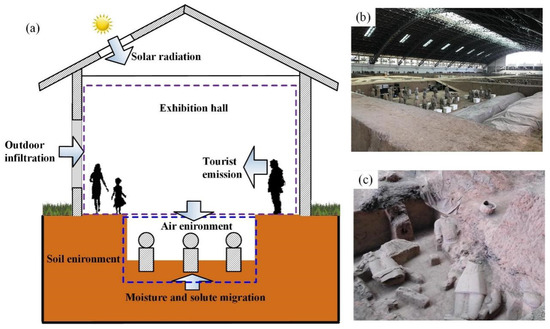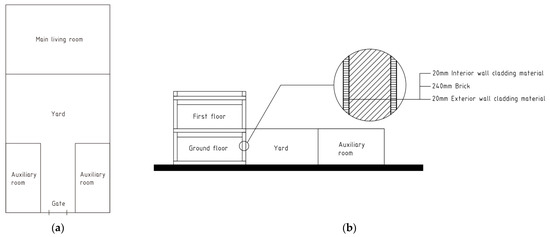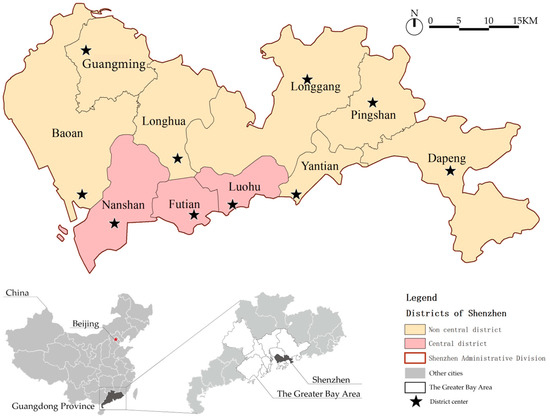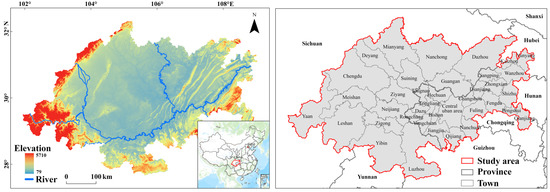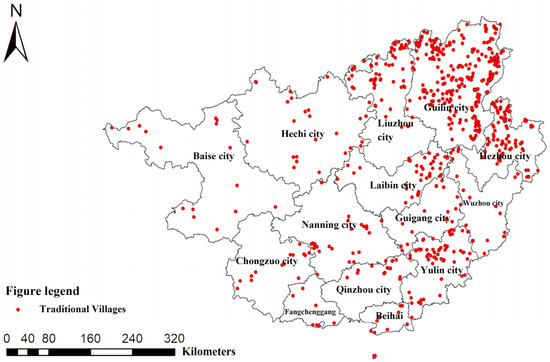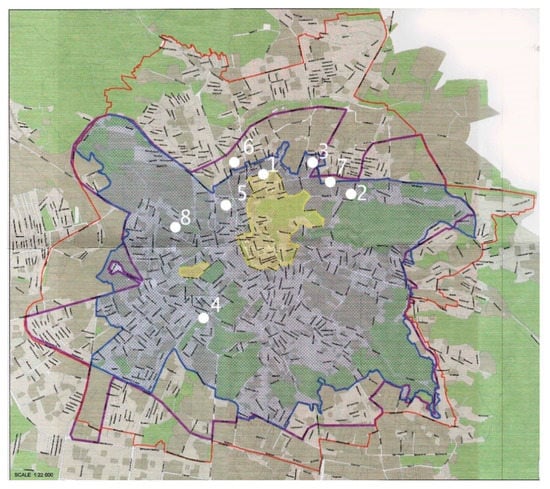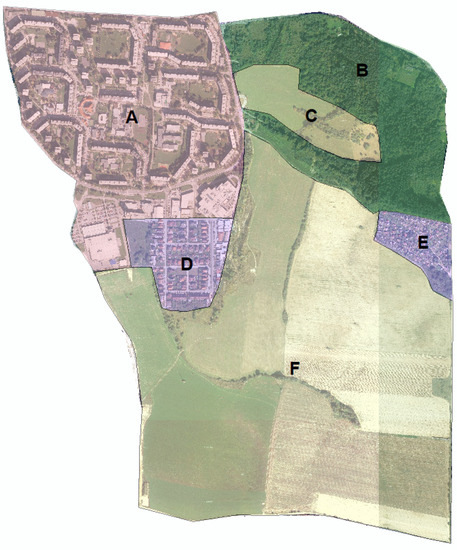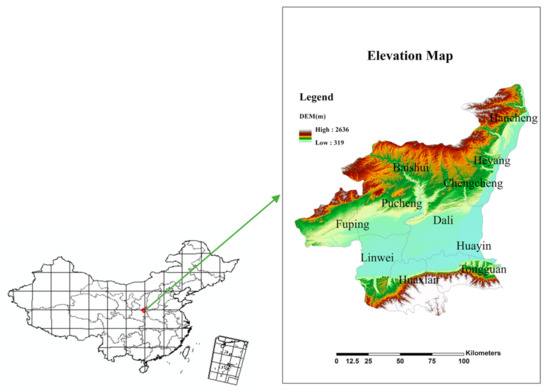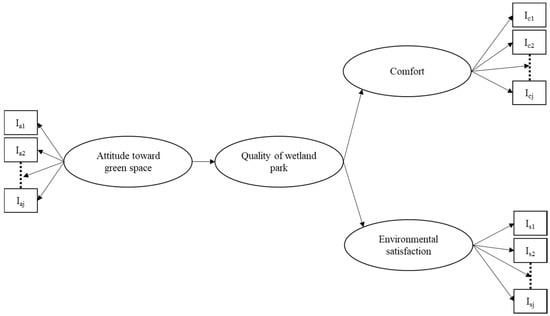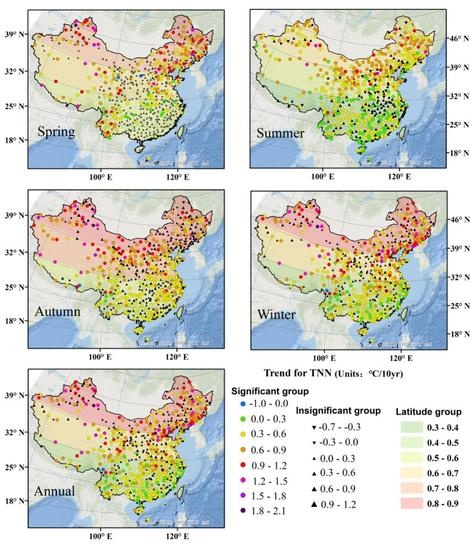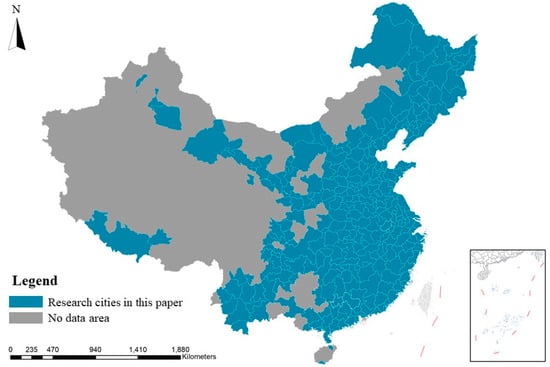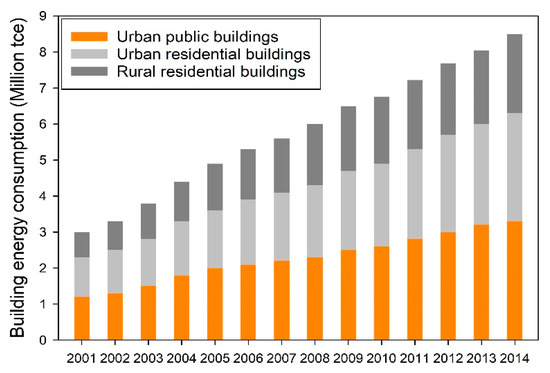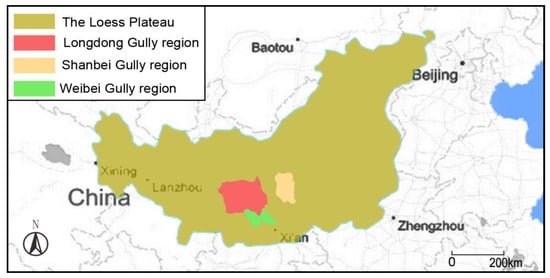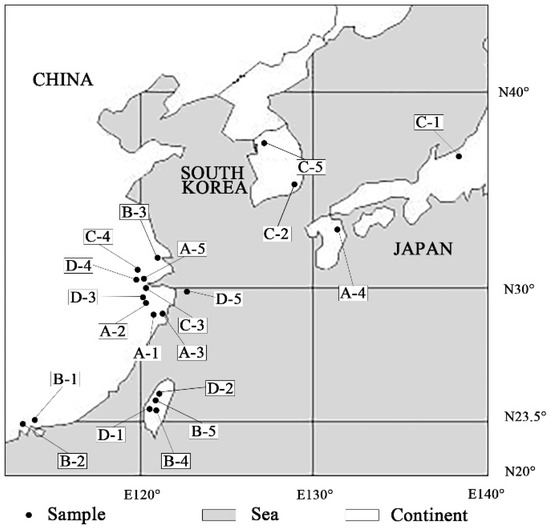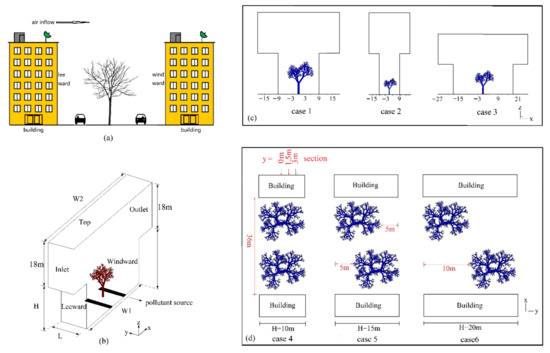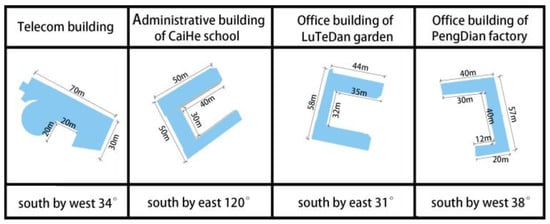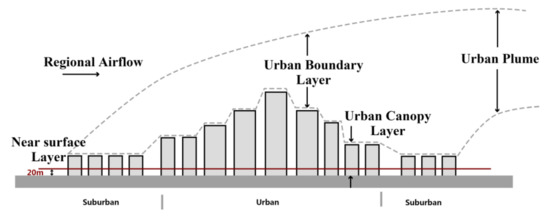Urban Planning and Built Environment (Closed)
A topical collection in Sustainability (ISSN 2071-1050). This collection belongs to the section "Sustainable Urban and Rural Development".
Viewed by 53340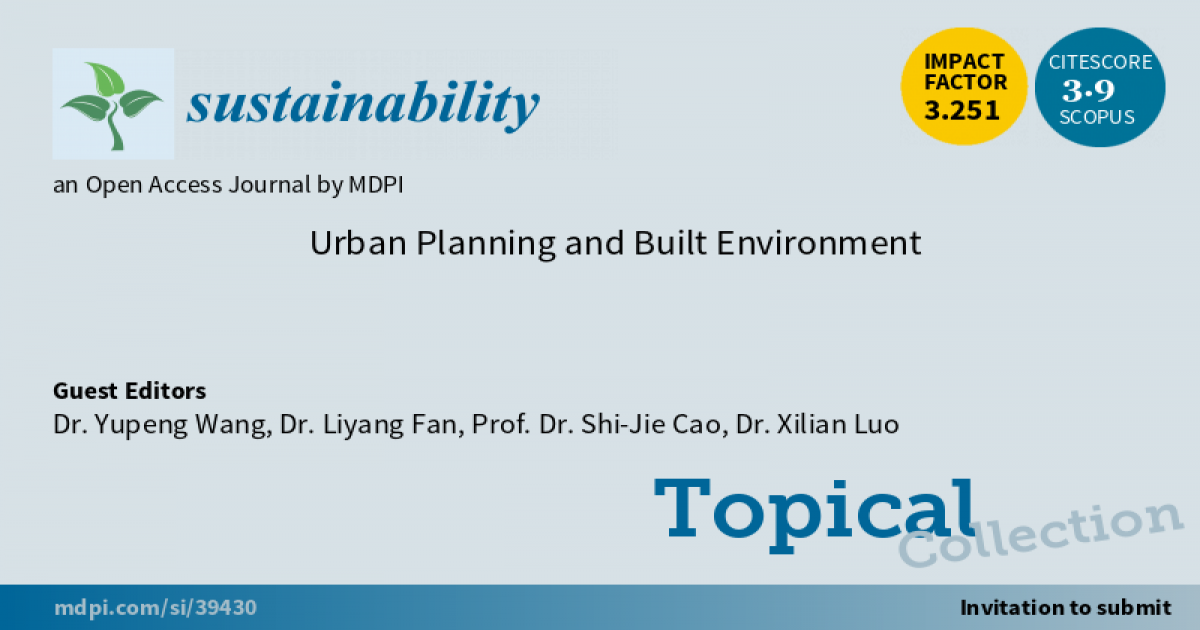
Editors
Interests: urban heat island; sustainable urban development; green building
Special Issues, Collections and Topics in MDPI journals
Interests: smart community planning; smart building management
Special Issues, Collections and Topics in MDPI journals
2. Global Centre for Clean Air Research (GCARE), Department of Civil and Environmental Engineering, Faculty of Engineering and Physical Sciences, University of Surrey, Guildford GU2 7XH, UK
Interests: building environment and control; air quality and health; urban environment and design; fast prediction of built environment
Special Issues, Collections and Topics in MDPI journals
Interests: environmental control, ventilation, relics preservation
Special Issues, Collections and Topics in MDPI journals
Topical Collection Information
Dear Colleague,
The high density of building development in big cities is increasing population density, leading to the change of urban typology, traffic demand, land surface coverage, and the urban microclimate. Meanwhile, climate change is affecting building energy consumption, and heat emission from buildings is accelerating urban climate change. Currently, the mechanisms of interactions among urban planning, urban climate change, and building energy consumption are attracting more and more attention from academics. Studies to mitigate the urban heat island phenomenon usually rely on the introduction of cool material, heat emission reduction, vegetation from a building-scale viewpoint, or strategies as an instruction of urban park systems, shifting to public transportation systems from a district-scale viewpoint. The current urban planning and building planning methods are mostly based on functional demand and the lack of a quantitative environmental method for evaluating the planning plans. Environmentally-friendly planning methods are yet to be discussed, such as making an effective network of cool spots and the wind path at community scale and district scale. This is an optimal approach, with synergies among various elements and solutions interactively considering existing community structures, energy systems for different building types, traffic strategies, greenery renovation possibility, and city typologies. Studies on environmental urban planning and building design facing the problems occurring in high developed cities are expected for this Special Issue. Papers can be reviews, meta-analyses, case studies, and original research relevant to environmental, ecological, biological, policy, human behaviors, development, and economic or technological aspects of urban sustainability
Dr. Yupeng Wang
Dr. Liyang Fan
Dr. Shijie Cao
Dr. Xilian Luo
Guest Editors
Manuscript Submission Information
Manuscripts should be submitted online at www.mdpi.com by registering and logging in to this website. Once you are registered, click here to go to the submission form. Manuscripts can be submitted until the deadline. All submissions that pass pre-check are peer-reviewed. Accepted papers will be published continuously in the journal (as soon as accepted) and will be listed together on the collection website. Research articles, review articles as well as short communications are invited. For planned papers, a title and short abstract (about 100 words) can be sent to the Editorial Office for announcement on this website.
Submitted manuscripts should not have been published previously, nor be under consideration for publication elsewhere (except conference proceedings papers). All manuscripts are thoroughly refereed through a single-blind peer-review process. A guide for authors and other relevant information for submission of manuscripts is available on the Instructions for Authors page. Sustainability is an international peer-reviewed open access semimonthly journal published by MDPI.
Please visit the Instructions for Authors page before submitting a manuscript. The Article Processing Charge (APC) for publication in this open access journal is 2400 CHF (Swiss Francs). Submitted papers should be well formatted and use good English. Authors may use MDPI's English editing service prior to publication or during author revisions.
Keywords
- Urban climate change
- Urban heat island
- Urban ventilation
- Urban environmental measurements
- Numerical modelling
- Indoor and outdoor environmental comfort, safety and health
- Smart building design and evaluation
- Indoor environmental evaluation
- Building energy consumption
- Building heat emission
- Control solutions








